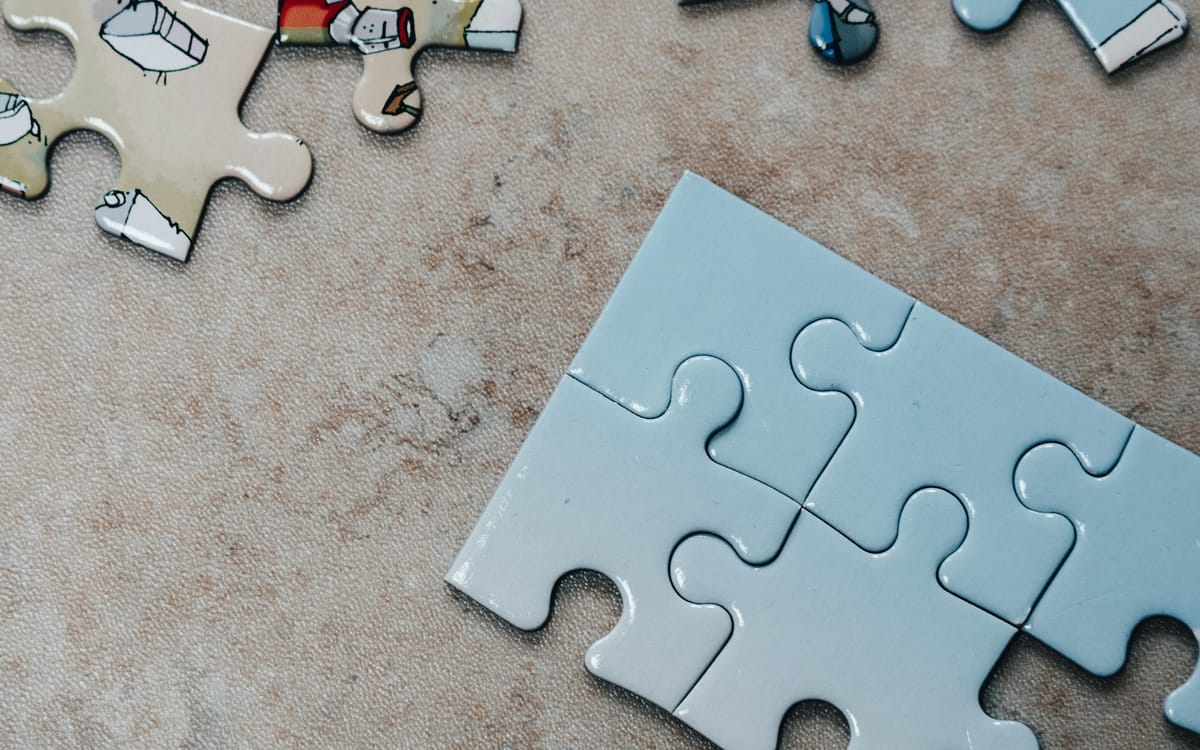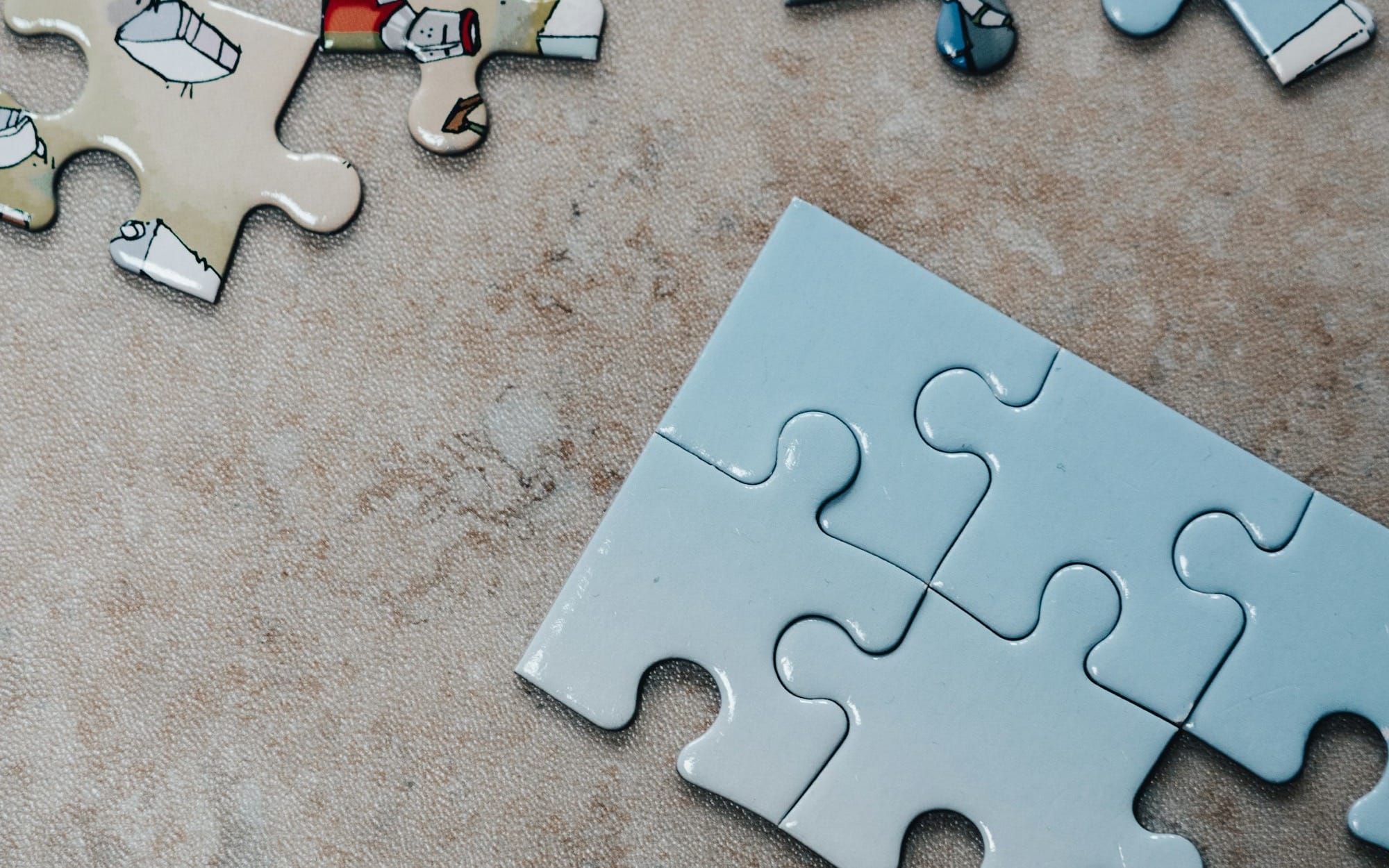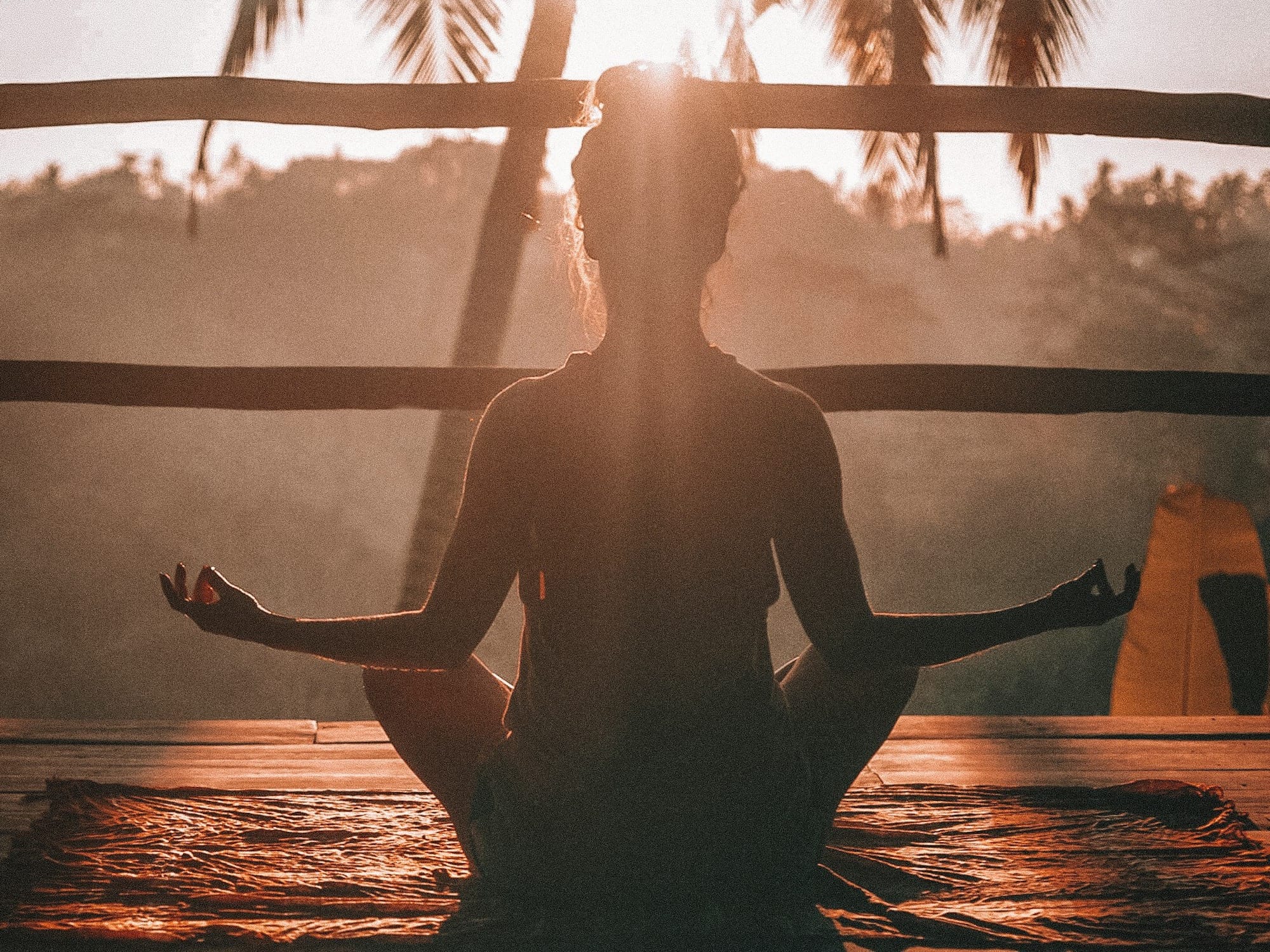DNF Puzzles | Perfect Buoyancy in DNF
Perfect buoyancy transforms freediving. It enhances your glide, reduces drag, and optimizes energy use. Dialing in weights for your lung volume and packing can improve posture and streamline performance. Even a 250g adjustment can make a big difference in DNF.

When I started my DNF journey, buoyancy wasn’t at the forefront of my training. I had a decent neck weight setup and was making progress, so I didn’t pay much attention to fine-tuning this aspect. However, as my technique improved and I became more relaxed in the water, the subtle nuances of perfect buoyancy started to make a world of difference.
Looking back, I realize that buoyancy is not just an accessory—it’s the foundation of DNF freediving. Without it, you can practice technique, mental focus, and glides all you want, but you’ll eventually hit a plateau.
Why Perfect Buoyancy Matters
The goal of proper buoyancy is to achieve neutral balance at a depth of about 1 meter. Ideally, you should be able to:
- Levitate effortlessly in the water after a small arm stroke or leg kick.
- Stop moving entirely and remain suspended without sinking or floating up.
When your buoyancy is dialed in, every other aspect of DNF—glide, technique, and energy efficiency—becomes smoother and more intuitive.
A Dynamic Element, Not a One-Time Setup
Achieving perfect buoyancy isn’t about finding a one-size-fits-all weight. It requires regular adjustments based on:
- Lung capacity: The amount of air you take in before the dive.
- Packing: If you use packing breaths, the additional air significantly impacts buoyancy.
- Depth and environment: Your buoyancy shifts as you descend or adjust your equipment.
Even minor changes—like 250g overweighting or underweighting—can affect your dive, from posture and glide to overall sensations in the water.
DNF Buoyancy Testing Session
To fine-tune my buoyancy, I dedicated an entire session to testing and adjusting weights. Here’s how it went:
Step 1: Finding Neutral Buoyancy
I tested my weighting for three different lung volumes:
- Full Lungs (FL, 100% capacity)
- Residual Volume (RV, ~25% capacity)
- Full Lungs + 25 Packs (FL+25, 100% + packing)
Through trial and error, adjusting in 100–200g increments, I discovered what weights are right for me:
- RV - 197 g
- FL - 5763 g
- FL+25 - 6947 g
By using this values I calculated, that my 10 packs of air need additional 473g of weight to keep the neutral buoyancy.
Step 2: Sensation and Control Drills
Once my weights were set, I performed a series of 50m DNF dives to observe how buoyancy influenced sensations:
- Two repetitions of DNF legs-only dives:
- 50m - Full lungs with weight adjusted to full lungs (neutral buoyancy).
- 50m - Full lungs + 5 packs (underweighted as the same weight was used).
- 50m - Full lungs with a small exhalation (overweighted as the same weight was used).
- Two repetitions of DNF dives:
- Same setups as above: 50m neutral, 50m underweighted, and 50m overweighted.
What I Learned
- Neutral Buoyancy Feels Effortless:
My glides were smooth, and I felt completely at ease, as though levitating in the water. Nothing distracted me from my technique. - Overweighting Causes Drag:
My legs sank slightly, causing drag and requiring more effort to maintain my posture. My glide suffered, and I needed extra strokes to cover the same distance. - Underweighting Disrupts Control:
My legs floated higher than usual, disrupting my body position and glide. I felt less streamlined, and water resistance increased. - Neck Weight Placement Matters:
A well-placed neck weight provided better posture and leg positioning. Improper weight placement made my body less stable and harder to control. My back is better positioned with long neck weight tail.
By doing this exercise, I also discovered, that I was 500g overweighted during many of my past dives. This explained why I often felt drag, poor positioning, and inefficient glides.
Practical Recommendations for Freedivers
- Dedicate a session to weight adjustments. Test different setups by making small changes (as little as 50–100g).
- Align weights with your lung volume. Adjust for full lungs, residual volume, and packing as needed.
- Experiment with buoyancy drills. Try dives while underweighted, neutral, and overweighted to understand how each setup affects your glide and posture.
- Monitor your sensations. Pay attention to how your body reacts—whether your legs float, sink, or feel perfectly balanced.
- Write down the numbers. You will have reference point to compare your buoyancy in the future.
Recommended Materials and Videos
There are several high-quality resources for learning and refining buoyancy in DNF:
Key Takeaways
Perfect buoyancy isn’t just about feeling comfortable in the water; it directly impacts your efficiency, energy use, and overall performance. Small adjustments to your neck weight can transform your dives, allowing you to glide effortlessly and focus on the finer aspects of your DNF journey.
If you haven’t already, spend time dialing in your buoyancy. You’ll be amazed at how much it can improve your freediving experience!
If you enjoy my blog and find the content helpful, consider supporting me with a one-time tip




